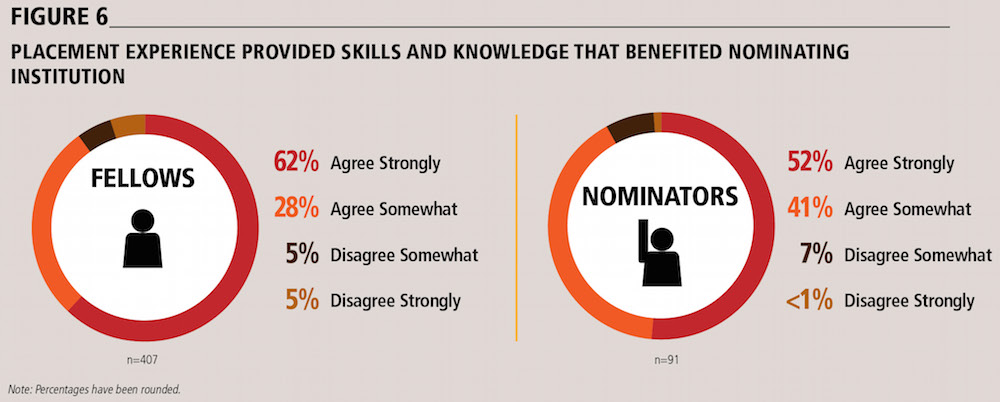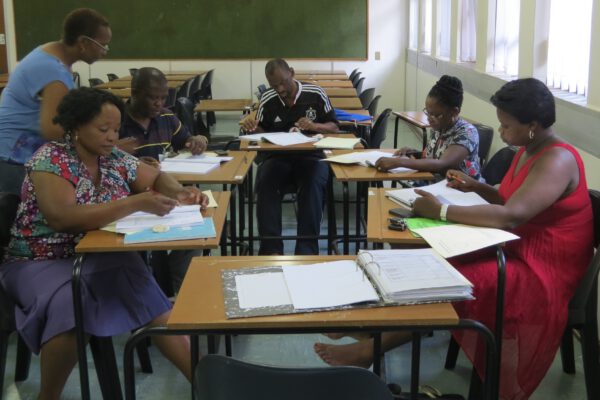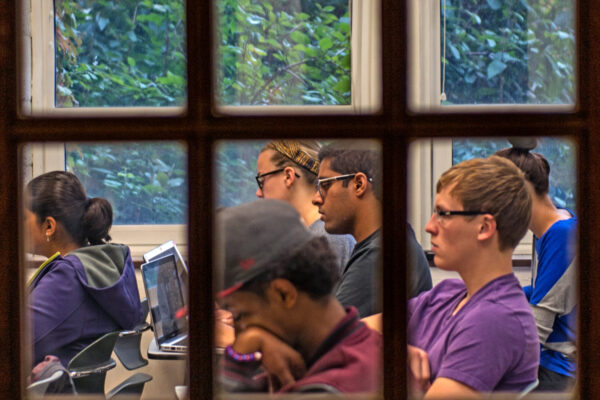ACE Report Calls for Breadth of Opportunity and Perspective in Leadership Development Work
The new report Looking Back and Looking Forward: A Review of the ACE Fellows Program shares select findings from a comprehensive review of the Council’s signature leadership development program to underscore the need for higher education leadership development programs to facilitate breadth of opportunity and perspective for participants.
Founded in 1965, the ACE Fellows Program is an experiential leadership development cohort program for those who aspire to senior-level leadership and are committed to shaping the effectiveness and future direction of higher education. Its distinctive and intensive nominator-driven mentorship model delivers on its commitment to develop knowledge and skills for aspiring senior leaders in higher education.

Fellows gain an understanding of institution types, roles within an institution, and institutional politics and decision making. This squares with the program’s aim to create learning opportunities that impart knowledge about, and appreciation for, the diversity and intensity of issues that arise at the highest levels within institutions.
For the full report, click here.
If you have any questions or comments about this blog post, please contact us.


